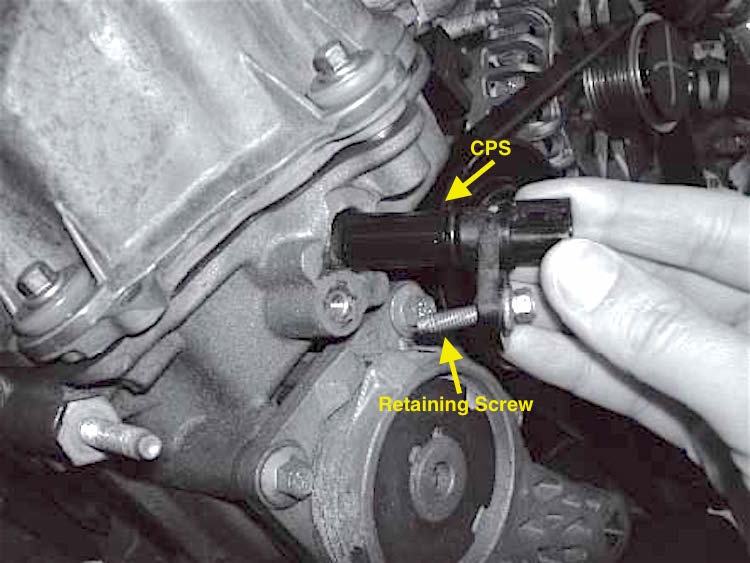Ford Mustang V6 2005-2014: Why is My Car Leaking Oil?
One of the more disturbing things in life is to back out of your garage or driveway and see an oil stain on the ground where you car used to be. Find out the common culprits with the help of this article.
This article applies to the Ford Mustang V6 (2005-2014).
Of course, in addition to being unsightly, oil leaks are telling you that something is wrong with your car and needs to be fixed. Even a small leak can damage hoses and connections, which can be a fire hazard. If your car is leaking oil, you need to first find the leak. Stains on your driveway aren't the only telltale sign of a leak. Blue smoke in your exhaust means that oil is leaking into the combustion chambers. An unusual drop in oil level when you check it with the dipstick over time is another sign of leakage. Once you know that your car is leaking oil, you have to discover the cause. This article will tell you why your car is leaking oil, and what to do about it.

Materials Needed
- 14mm Hex wrench to fit oil pan plug
- Rubber gloves
- O-ring for the crankcase position sensor, or a new sensor if the O-ring is unavailable
- Oil filter wrench
- Large sheets of white paper
- Leak stop additive
- Car jack (if needed)
Step 1 – Locate the leak
Many times, the leak can be discovered by looking under the car or under the hood. This can, however, be deceiving. Just as it's hard to find where the leak in your ceiling is, so it can be for your car because gravity moves the oil away from the source of the leak. Start with a visual inspection. Is there oil on the oil filler cap? Is there oil near the oil filter?
Another way to find the source is to place large sheets of white paper under your car that has been parked overnight on a flat surface. When you pull the car away, oil leaks will show up as brown/black stains on the paper, helping you to focus in on the leak area.
Continue reading for the two common leak problems, and how to fix them.

Step 2 – Inspect oil filter and oil pan drain plug
Oil may be leaking from your oil filter or oil pan drain plug, even if you've just had your oil and filter changed. Inspect the oil filter (a canister about 5" long that is screwed onto the engine) to see if it is leaking. It may just need to be tightened. Another cause for the leak could be a worn gasket where the filter screws into the engine. Check this for wear. The gasket will need to be replaced.
Oil may be coming from the oil pan drain plug. This plug is unscrewed to empty the oil pan for an oil change. If oil is leaking here, a simple tightening might do the trick. If not, you've got a worn plug that needs to be replaced. Owners report that the metal washer in the drain plug loses its ability to seal if has been removed a few times. If this is the culprit, you'll have to remove the plug. Be careful and have a receptacle for the oil that will flow out when you remove the plug. Be prepared to change the oil.

Figure 2. Leaky filter. 
Figure 3. Drain plug.
Step 3 – Inspect camshaft position sensor
The camshaft position sensor (CPS) monitors the position of the camshaft relative to the cylinders firing. It's a tiny piece with a big job, and it is attached to the engine with one screw. If the O-ring washer that seals it to the engine wears, oil will leak out. If you can't find another washer to fit, you will need to replace the sensor. A new sensor will cost about $22 to $40 depending on your car's year and where you buy it.

Pro Tip
You may want to try using some oil leak additive. This might stop the leak.
Related Discussions
- Oil Leak After Oil Change - MustangForums.com
- Oil Leak Near Top of Valve Covers - MustangForums.com
- Oil Leak, Need to Find the Culprit - MustangForums.com






